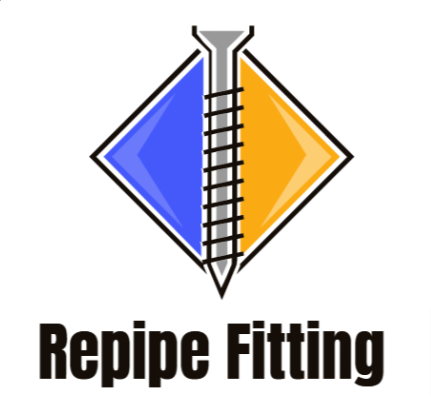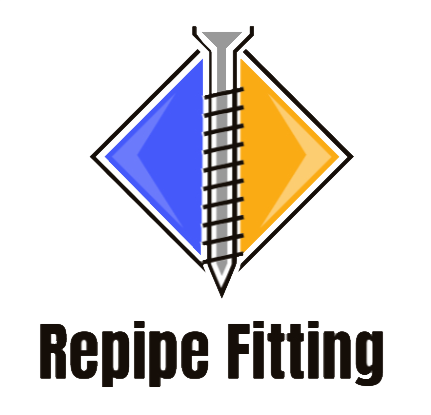Introduction
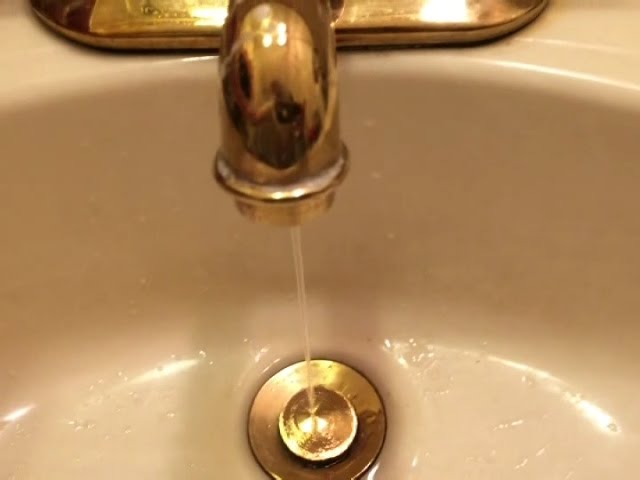
Welcome, dear reader! If you’ve been struggling with low water pressure in your bathroom sink, you’ve come to the right place. In this guide, we’ll explore the inconveniences caused by this common issue and delve into its various causes and solutions.
The Inconvenience of Low Water Pressure
Low water pressure in bathroom sinks can be a significant inconvenience, affecting your daily routines such as washing hands and brushing teeth. It can turn simple tasks into time-consuming chores, causing frustration and annoyance.
Common Causes
Low water pressure can be attributed to several common causes, including clogged aerators, closed shut-off valves, and blocked supply lines. Addressing these issues promptly can help restore optimal water flow and improve your overall plumbing condition.
Understanding Low Water Pressure in Bathroom Sink

Before we dive into solutions, let’s understand what low water pressure really means and why it’s crucial to identify whether the issue is localized or systemic.
Defining Low Water Pressure
Low water pressure refers to the reduced flow of water through your plumbing fixtures, impacting the efficiency of your water service. It can occur due to various plumbing issues, affecting water consumption and quality.
Localized vs. Systemic Issues
Identifying whether the low water pressure is localized to one faucet or a systemic issue affecting your entire plumbing system is crucial. Localized issues are generally easier to fix, often requiring simple cleaning or maintenance, while systemic issues might necessitate professional plumbing service and more extensive plumbing repair.
Causes of Low Water Pressure in Bathroom Sink
Understanding the causes of low water pressure is the first step in resolving the issue. Let’s delve deeper into each cause and understand how they can be addressed.
Clogged Water Supply Lines:
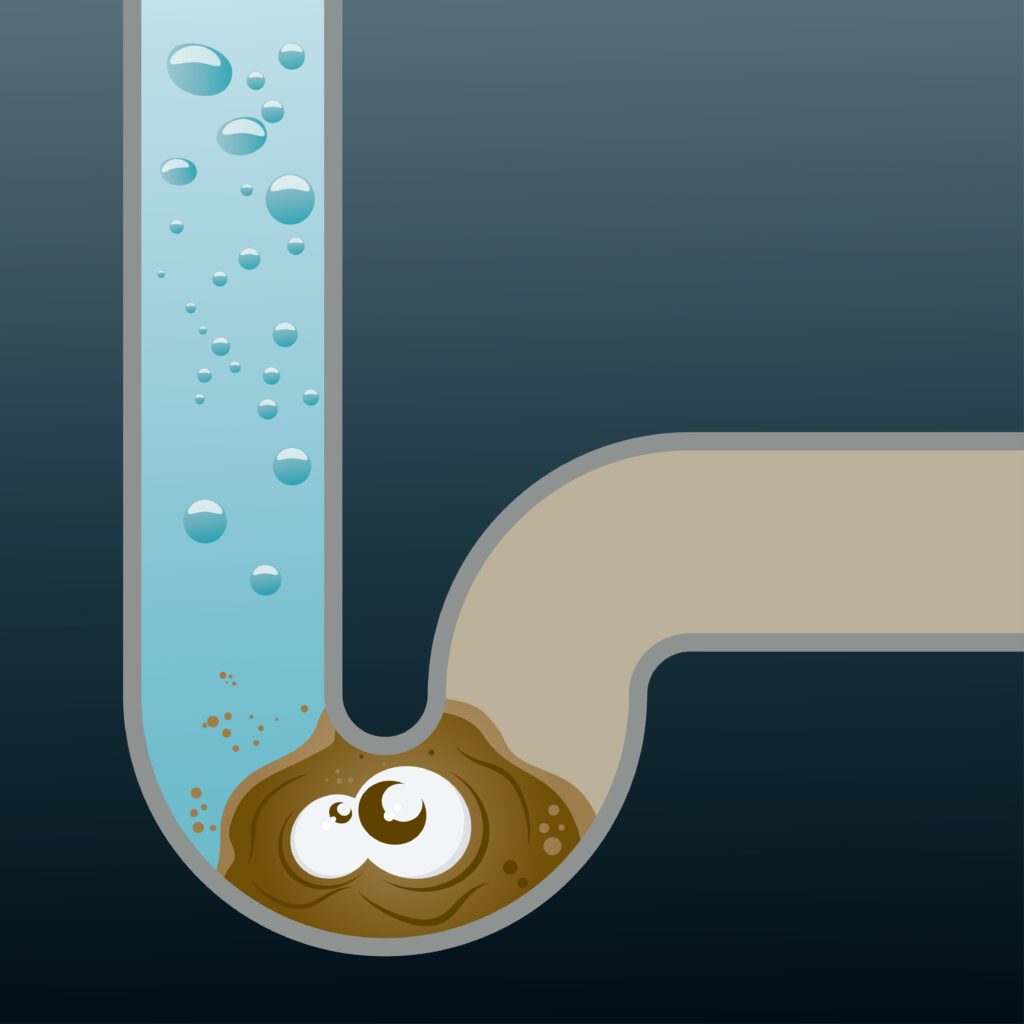
The Intricacies of Clogged Supply Lines
Water supply lines can become clogged with dirt, debris, and minerals, leading to reduced water flow and low water pressure. Regular maintenance and cleaning can prevent sediment build-up and ensure a steady water supply, maintaining optimal water quality and flow.
Flow Restrictor Issues:
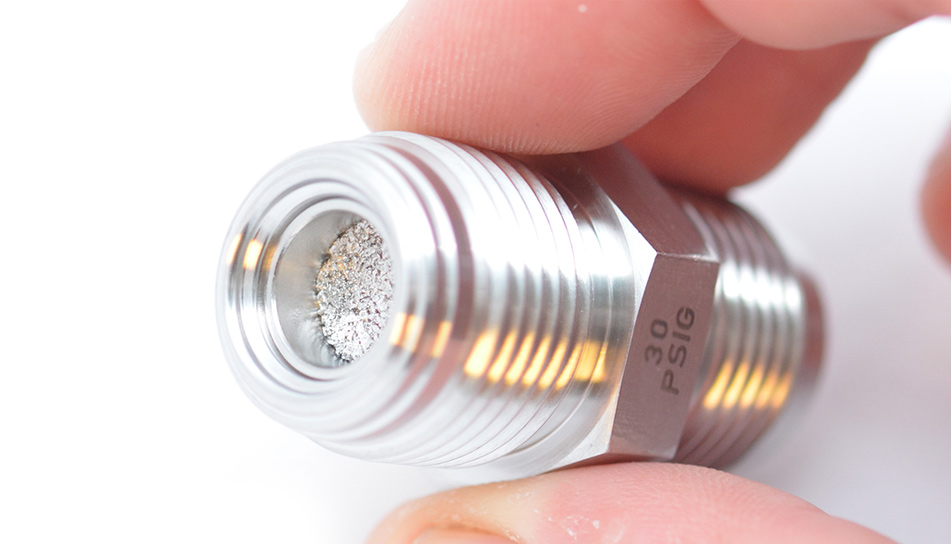
The Role of Flow Restrictors
Flow restrictors are designed to limit water consumption, but a small or plugged hole in the restrictor can cause low pressure. Regular checks and cleaning of the flow regulator can prevent such issues, ensuring that your water conservation efforts don’t compromise water pressure.
Clogged or Plugged Water Aerator:
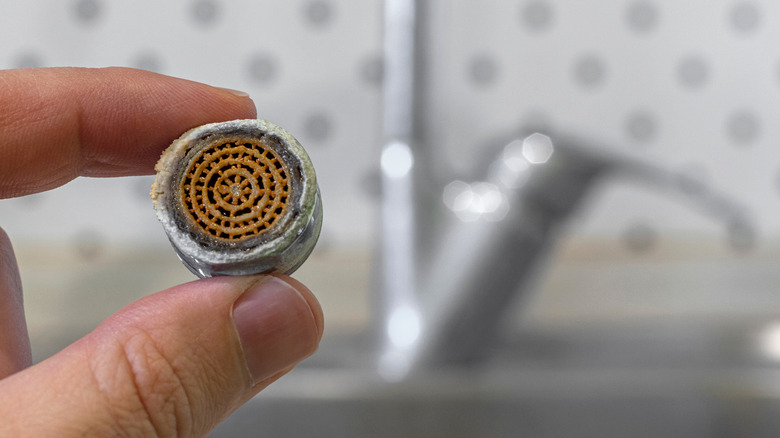
The Impact of Aerator Blockages
A clogged aerator, often due to debris or Calcium Deposits in Aerator, can significantly reduce water flow. Regular cleaning and maintenance of the aerator can prevent mineral deposits and debris accumulation, maintaining steady water flow and preventing water pressure problems.
Incompletely Opened Shut Off Valves:
The Importance of Fully Opened Valves
Not fully opened valves can lead to reduced water pressure, affecting the overall water flow in your plumbing system. Ensuring that all valves are fully opened can prevent such issues and maintain optimal water pressure in your plumbing fixtures.
Solutions to Low Water Pressure in Bathroom Sink

Now that we’ve understood the causes, let’s explore the solutions to restore the water pressure in your bathroom sink. Follow these steps carefully, and you’ll have your water flowing freely in no time!
Flushing and Cleaning Water Supply Lines:
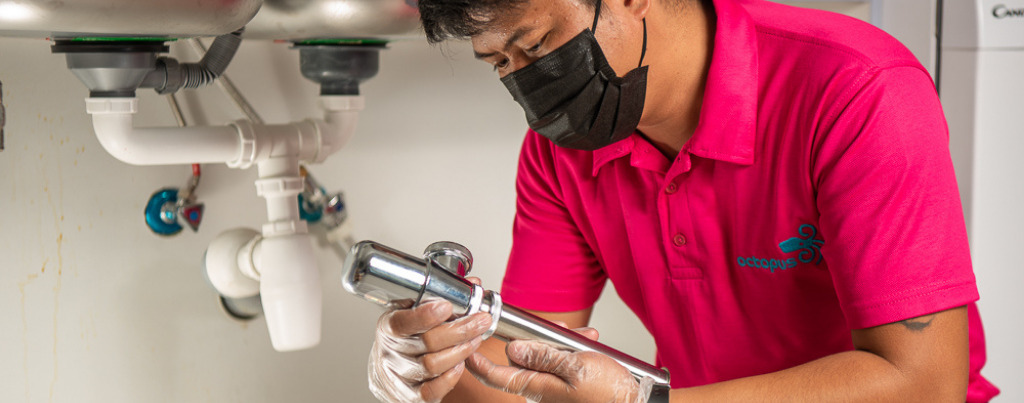
Clearing the Pathways
To remove blockages from your water supply lines, follow this step-by-step guide to flush and clean them effectively:
- Turn off the water supply to avoid water leaks.
- Disconnect the water supply line from the faucet using channel lock pliers.
- Flush the line with water to remove debris and blockages.
- Reconnect the water supply line and turn on the water supply.
- Check the water flow and pressure.
Adjusting or Removing Flow Restrictor:
Optimizing Water Flow
A small or plugged hole in the flow restrictor can be a culprit. Here’s how to adjust or remove it:
- Locate the flow restrictor in your faucet or showerhead.
- Use an Allen wrench to remove the screw cap and access the restrictor.
- Either clean the restrictor or remove it entirely, depending on your water conservation preferences.
- Reassemble the faucet or showerhead and check the water pressure.
Cleaning or Replacing Water Aerator:

A Breath of Fresh Air for Your Faucet
A clogged aerator can significantly reduce water flow. Here’s how to clean or replace it:
- Unscrew the aerator from the faucet.
- Soak it in a vinegar solution to remove Calcium Deposits in Aerator.
- If cleaning doesn’t work, consider replacing the aerator with a new one.
- Screw the cleaned or new aerator back onto the faucet and check the water flow.
Ensuring Shut Off Valves are Fully Open:
Unlocking Full Water Pressure
Incomplete opening of water supply valves can lead to reduced water pressure. Here’s how to ensure they are fully open:
- Locate the shut-off valves under your sink.
- Turn the valves counterclockwise to fully open them.
- Check the water pressure at the faucet to ensure it has been restored.
Preventive Measures
Prevention is always better than cure, especially when it comes to plumbing. Here’s how you can maintain your water supply lines, aerators, and valves to ensure a steady flow of water.
Maintenance Tips for Plumbing Components
Regular maintenance of water supply lines, aerators, and valves can prevent low water pressure. Here are some tips:
- Clean aerators regularly to avoid mineral deposits and debris accumulation.
- Flush water supply lines periodically to remove blockages and maintain water flow.
- Ensure that shut-off valves are fully open to avoid reduced water pressure.
- Check for leaks and address them promptly to prevent water damage and maintain water pressure.
The Importance of Regular Checks and Cleaning
Regular checks and cleaning of your plumbing system are crucial to avoid buildup and blockages, ensuring the longevity and efficiency of your plumbing system. A well-maintained plumbing system can prevent unexpected issues and costly repairs.
H2 – V. When to Call a Plumber
Sometimes, despite our best efforts, professional help is needed. Here’s when you should consider calling a plumber.
Recognizing the Need for Professional Help
If DIY solutions fail to resolve the issue, or if the problem is beyond your understanding, it’s time to call a professional plumber. Issues like water leaks, broken water lines, and malfunctioning pressure-reducing valves often require professional attention.
The Importance of Timely Professional Intervention
When DIY methods don’t yield results, it’s crucial to call a professional plumber promptly. Delaying can lead to further damage, high water bills, and even water conservation issues, affecting the overall water quality and plumbing condition of your home.
Conclusion
We’ve traversed the realms of plumbing, exploring the causes, solutions, and preventive measures for low water pressure in bathroom sinks.
Recapitulation and Reflection
We’ve delved into the intricacies of aerators, cartridges, faucets, and various plumbing components, understanding the importance of maintenance, cleaning, and timely intervention, whether DIY or professional, to maintain water flow and prevent plumbing problems.
A Final Word of Encouragement
Maintaining your plumbing system properly is paramount. Regular checks, cleaning, and prompt attention to issues can prevent inconvenient and costly problems. So, keep your plumbing in top shape and enjoy the benefits of a well-maintained water supply system!
FAQ
Q: Can low water pressure in the bathroom sink affect other areas of the house?
A: Absolutely, low water pressure in the bathroom sink can indeed be indicative of a more widespread issue in your home. If the problem is localized, it’s likely due to issues with the specific fixtures or pipes connected to the bathroom sink, such as a clogged aerator or a partially closed valve. However, if you notice low water pressure in other areas of your house, it could be a systemic issue, possibly related to the water main, water supply line, or the pressure-reducing valve affecting the entire plumbing system. It’s crucial to identify whether the issue is localized or systemic to address it effectively.
Q: How often should I clean the aerator to avoid low water pressure?
A: The frequency of cleaning the aerator largely depends on the hardness of your water. If you have hard water, mineral deposits can accumulate quickly, necessitating more frequent cleaning, possibly once a month. If your water is soft, cleaning the aerator every three to six months should suffice. Regular cleaning can prevent mineral build-up, maintain optimal water flow, and avoid low water pressure issues. Remember, a clean aerator contributes to a healthy and efficient plumbing system!
Q: Is it advisable to remove the flow restrictor permanently?
A: Removing the flow restrictor can indeed increase water pressure, but it also has its downsides. Flow restrictors are designed to reduce water consumption and help in water conservation, which is especially crucial in areas with water scarcity. Removing it will lead to higher water consumption and, consequently, higher water bills. Additionally, it might be against the regulations in some areas to remove flow restrictors due to water conservation laws. Weigh the pros and cons before deciding to remove the flow restrictor permanently, and consider the environmental impact and legal implications of such a decision.
Q: Can low water pressure in the bathroom sink affect other areas of the house?
A: Absolutely, low water pressure in the bathroom sink can indeed be indicative of a more widespread issue in your home. If the problem is localized, it’s likely due to issues with the specific fixtures or pipes connected to the bathroom sink, such as a clogged aerator or a partially closed valve. However, if you notice low water pressure in other areas of your house, it could be a systemic issue, possibly related to the water main, water supply line, or the pressure-reducing valve affecting the entire plumbing system. It’s crucial to identify whether the issue is localized or systemic to address it effectively.
Q: How often should I clean the aerator to avoid low water pressure?
A: The frequency of cleaning the aerator largely depends on the hardness of your water. If you have hard water, mineral deposits can accumulate quickly, necessitating more frequent cleaning, possibly once a month. If your water is soft, cleaning the aerator every three to six months should suffice. Regular cleaning can prevent mineral build-up, maintain optimal water flow, and avoid low water pressure issues. Remember, a clean aerator contributes to a healthy and efficient plumbing system!
Q: Is it advisable to remove the flow restrictor permanently?
A: Removing the flow restrictor can indeed increase water pressure, but it also has its downsides. Flow restrictors are designed to reduce water consumption and help in water conservation, which is especially crucial in areas with water scarcity. Removing it will lead to higher water consumption and, consequently, higher water bills. Additionally, it might be against the regulations in some areas to remove flow restrictors due to water conservation laws. Weigh the pros and cons before deciding to remove the flow restrictor permanently, and consider the environmental impact and legal implications of such a decision.
